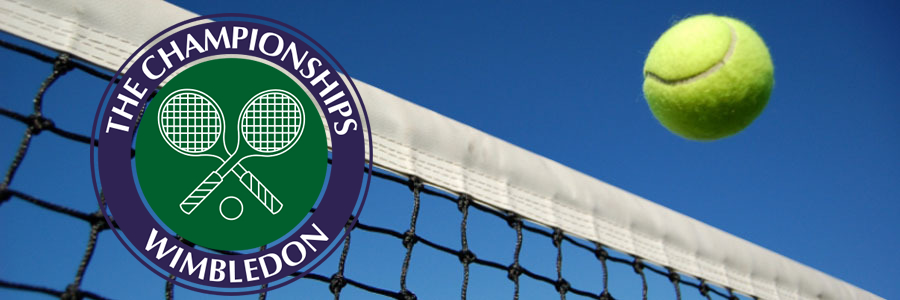




A valid serve that is not reached by the opponent.
Player turns so that the shoulder of the racket-bearing arm faces the net before bringing the racket forward and across the body to meet the ball.
The lines on either end of the court representing the outer limits of the length of the court.
A tie at 40 is called deuce. Because a game must be won by two points, play continues from deuce until one player leads by a margin of two points.
If both serve attempts fail. The opponent wins the point.
A lightly hit, spinning return that drops softly over the net, forcing the opponent to approach the net.
Called if the ball is served into the net, or if it strikes the net before hitting the opponent's court outside the service box or before exiting the court altogether.
If the server's foot enters the court before service is completed.
Player pivots the body so that the shoulder of the nonracket-bearing arm faces the net. The player then swings the racket forward to meet the ball.
If the ball touches the net and then falls into the diagonally opposite service box, a let is called, and the server is permitted to serve again.
A high, soft return behind an opponent who has approached the net. It is frequently used to force the opponent to retreat to the back of the court to play the ball. The lob can also be used as a defensive stroke, providing time for the hitter to regain court position.
Term meaning zero points.
Powerful shot often used to return a lob that has not been hit high or deep enough. The shot is hit in a similar manner to the serve.
The player who receives the ball from the server.
Begins every point of a tennis match. The player who initiates the point.
Employed if a set becomes tied at 6-6. A tiebreaker is generally played to 7 points, but because it too must be won by at least two points, it may be extended.
When a player strikes the ball so that it spins from low to high as it travels forward. Topspin enables a player to strike the ball with more power, because the added spin helps to bring the ball down and keep it in play.
Occurs when a player strikes the ball so that it spins from high to low as it travels forward. This shot is called a slice. Underspin causes the ball to lose speed and to bounce lower.
Occurs when a player strikes the ball before it bounces. The volley is most often employed when a player is playing close to the net. The half volley is a low return of the ball just after it has bounced.